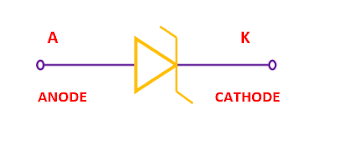The comparison of different types of microcontroller with their features like speed, RAM and ROM size, applications, cost, types of interface, source of clock etc.... has been discussed in below table.
|
Features |
Microcontroller |
|||
|
8051 |
AVR |
ARM |
PIC |
|
|
Speed |
60
MHZ |
0
to 20 MHz |
1.9
DMIPS/MHz |
252
MHz core speed |
|
Source of the clock |
12 clock/instruction cycle |
1 clock/instruction cycle |
1
clock/instruction cycle |
4
clock/instruction cycle |
|
ROM Size |
4
KB |
256
KB |
512
KB |
4
KB – 128 KB |
|
RAM Size |
128
bytes |
32
bytes |
96
KB |
256-4096
bytes |
|
Cost |
Rs.
513 per piece |
Rs.
999 per piece |
Rs.
450 per piece |
Rs.
100 per piece |
|
Applications |
|
Specially
designed to use in hobbyist and educational applications |
Digital
TVs, set-up boxes, smartphones, mobile, and laptops, etc.… |
It
is used in peripherals, audio accessories, games, etc.… |
|
Types of Interface |
UART,
USART, SPI, I2C, etc.…. |
UART,
USART, LIN, I2C, SPI, CAN, USB, Ethernet, etc.… |
UART,
USART, SPI, CAN, USB, Ethernet, DSP, Serial Audio Interface (SAI), etc.…. |
UART,
USART, PIC, LIN, CAN, I2S, Ethernet, etc.…. |
|
Manufactured by |
NXP,
Atmel, Silicon Labs |
Atmel |
Apple,
Nvidia, Qualcomm, Samsung Electronics |
Microchip
Average |
 |
| AVR Microcontroller |
 |
| PIC Microcontroller |
 |
| AVR Microcontroller |
 |
| 8051 Microcontroller |






